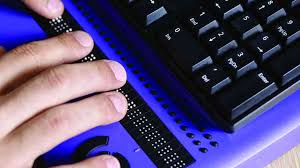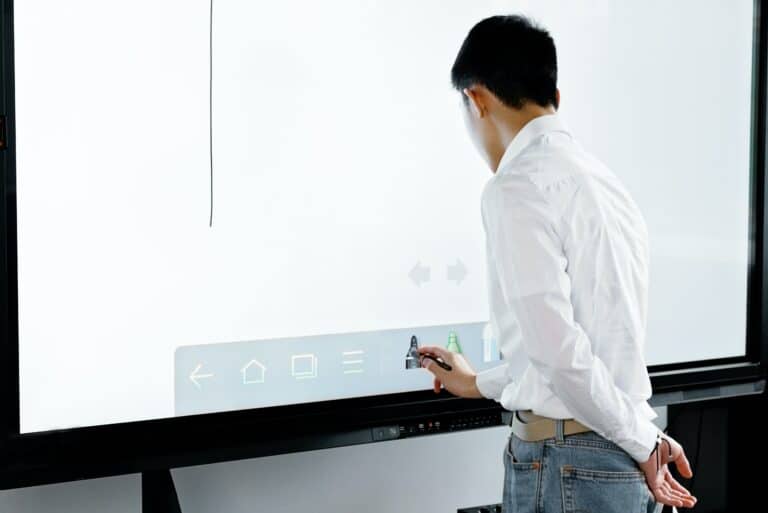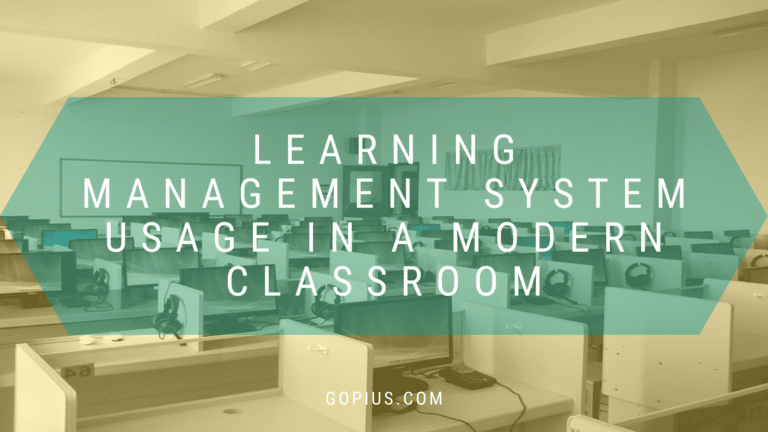How Assistive Educational Technology Supports Students With Disabilities

How Assistive Educational Technology Supports Students With Disabilities…
Children with disabilities have always had problems in attaining high educational goals, in comparison with kids with no disabilities. Previously, such kids face an array of challenges, like discrimination, inequality and poverty in their lives as their possibility to receive a suitable education to earn a living were rather low.
Innovation of assistive technology has amended that fact greatly as it can help both healthy kids, the ones with sensory, mobility and mental impairments. That helps disabled students with higher possibilities to readjust to modern life and feel among in the various social groups. Additionally, they can amass new abilities with modern technological devices, and conquer any barriers that is on their way to a happy life.
Read also: 8 Very Useful Apps Every Student Must Have
What Is Assistive Educational Technology?
Assistive educational technology has a rather extensive description as it incudes various devices, equipment, and systems that are mainly used to assist students maintain, compensate, overcome, bypass or enhance any learning inadequacy and capabilities of incapable students. It can’t expedient any mental, physical or sensory difficulties, but at the same time it was developed with the sole aim to provide new knowledge and skills by focusing on the child’s strengths and defeating difficult areas.
That results in improving inadequacy of some skills and open new perspective for young people. Moreover, that effectively influences the child’s behavior, development, involvement and character making him or her more liberated and independent.
Assistive edTech devices are branched into “high-tech” and “low-tech” ones. The latter ones are typically manually operated, while eLearning can be achieved with the help of amazingly productive high-tech devices like computers, software, and other electronic devices.
Read also: Educational Android Apps for Children
The Benefits of Assistive Education Technology in education
The role of Assistive Education Technology in education should not be undervalued. Fortunately, the technological progress has considerably changed the lives of disabled students for the better, and the array of useful and interesting devices is amazingly big. Some of them seem miraculous as their functionality is relatively wide.
Apart from the usual voice recorders, headphones, screen readers, wheelchairs, there are various interesting innovations among them. The most prominent assistive educational technologies are the following:
– Text-to-voice devices, software, and talking calculators.
– Electronic worksheets, portable word processors, eBooks, audio books.
– Alternative keyboard and mouse.
– Free-form databases, graphic organizers, outlining software, personal data managers.
– Various low-tech solutions like highlighters, communication boards, note cards, etc.
How Assistive Educational Technology Supports Students With Disabilities
All these Educational Technology groups have many appealing tools, devices, and software, but here are the most recent and most popular ones worth testing by students with impairments:
1) Intel Reader
It is a text-to-speech mobile device that reads printed text out loud. Student may make pauses and play the already read text again as the words are displayed as soon as its read. The device can be connected by an Intel Portable Capture Station that can obtain any text fragment from the book instantly.
2) Kurzweil 3000
It is a text-to-speech software that has various useful functions for students with literal problems. Not only does it read out texts in diversified voices but also offers a large number of other appealing functions including support of 18 languages, magnification, a talking spell-checker, graphic dictionary and other extra tools that can assist with the learning process.
3) Jouse 3
Being a sip-and-puff system, Jouse3 is used for supervising any device using your tongue, mouth, cheek, chin etc. It can be firmly fixed to various surfaces and supplies a number of useful functions.
4) Ginger
Students with writing disorders like dyslexia would love Ginger. It is a quality grammar checker that recognizes both errors and misspelling. There are also various additional features like word prediction, TTS function, sentence rephrasing, a personal trainer to avert previously made mistakes.
5) Ghotit
Ghotit was developed for students with writing problems. The tool scrutinizes previous student’s error and makes exclusive suggestions for either spelling or grammar errors. Ghotit also provide word prediction, contextual check of passages, reading out loud, a dictionary etc.
6) MathTalk
MathTalk is a software that identifies speech and math formulas. Math problems of various levels can be unraveled by the software, if it is well pronounced into the microphone. There is also a joined braille translator for students with visual problems. The program interchanges an electronic math worksheet.
7) SmartNav 4
SmartNav 4 interchanges a mouse for PC. There is an infrared scanner situated on the top of the screen. When you turn your face the device mirrors your motions and puts the mouse pointer wherever you wish.
8) BrailleNote Apex
BrailleNote Apex is sort of a PC for blind people. It does not have a fancy LCD display, but there is a Braille display with erected buttons for students to feel them. There is 8Gb of internal memory, a card reader, GPS receiver, Wi-Fi router, two USB ports etc. It has nearly all the features that are used by regular users, so it is a necessary device for students with poor eyesight.
Conclusion
The influence of Assistive Technology on the education of disabled students is really impressive. Some of the lately created devices can make children with impairments normal members of the modern society, restricting them from feeling insecure or distracted.
An array of modern gadgets that are used by normal students in everyday life, also supports the education of various categories of students including ones with disabilities.
Today Assistive Educational Technology can be called a necessary part of their life, because it allows these kids feel confident and equal to their peers.







